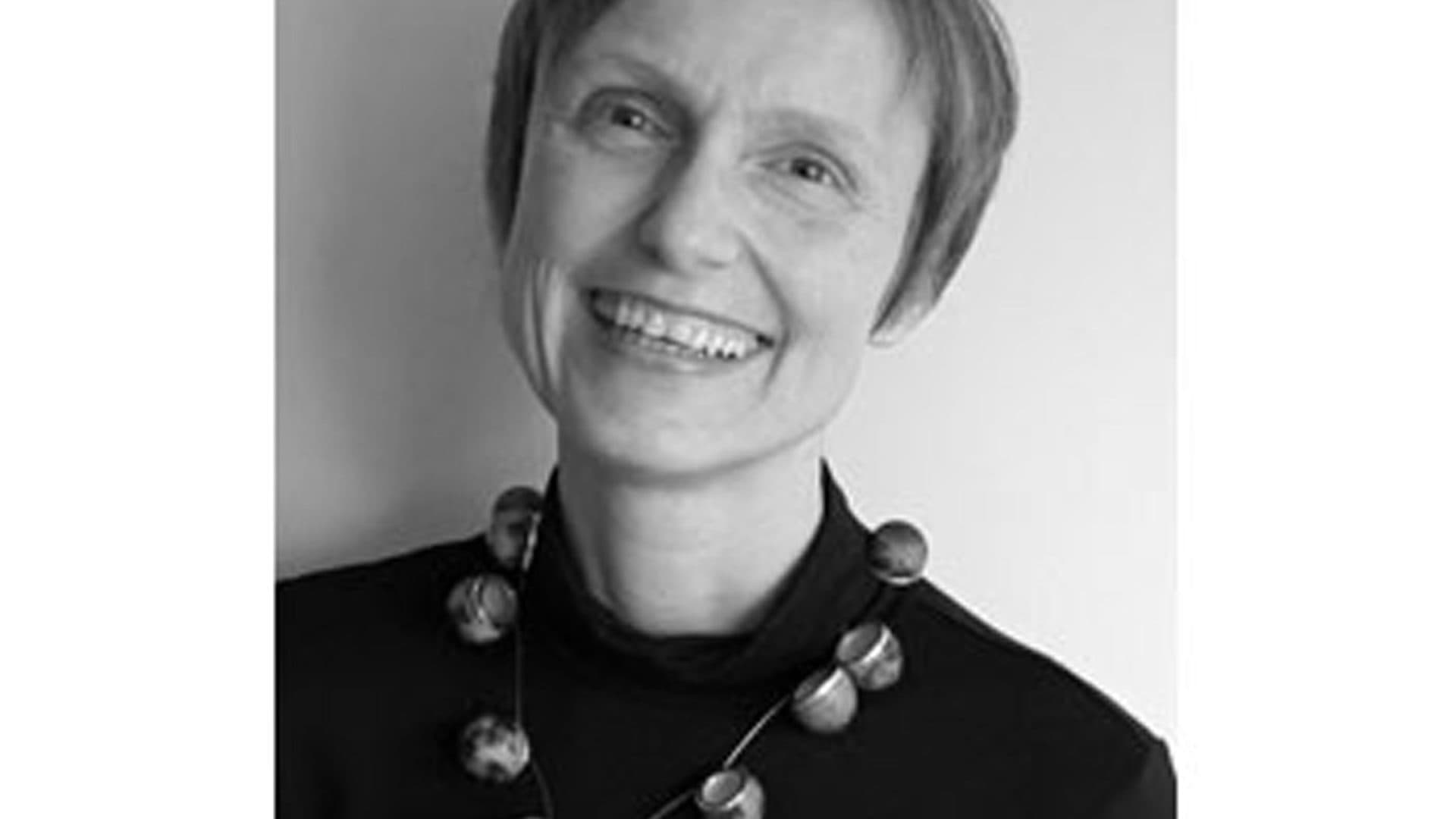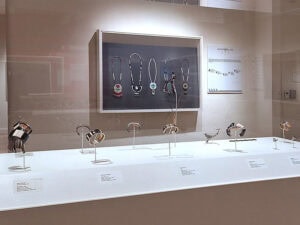In 2012, Dutch cultural entrepreneur[1] Machtelt Schelling opened Ubi, a gallery for contemporary jewelry and ceramics. It is the first gallery of this kind in Beijing and one of the very few in China. The mainland is notoriously difficult to penetrate for Western small-to-midsize entrepreneurs and does not have a contemporary scene to speak of. Its expanding upper- and middle-classes tend to favor jewelry of the “bling” persuasion, far removed from the qualities that define contemporary jewelry. The nature of Machtelt’s project, in short, could not be described as a walk in the park. Our Asian correspondent, Anja Eichler, reports from Beijing.
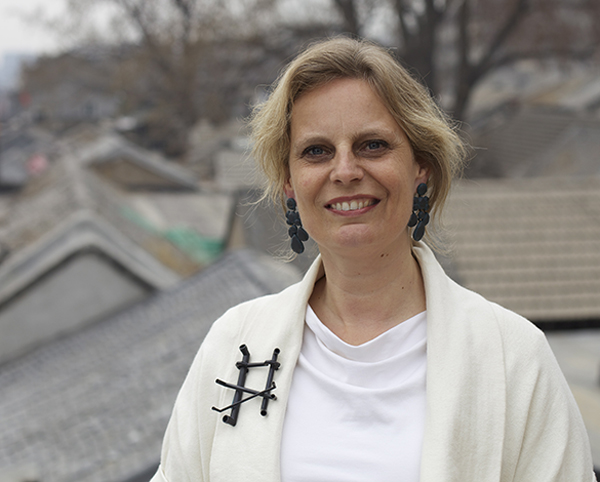
Chinese contemporary painting first became popular in the West. When prices went up in Europe and the US, Chinese investors jumped on the bandwagon. They started buying Chinese contemporary art and opening galleries. Buying contemporary art has been, and still is, far more for investment than for an interest in the art itself. With rising incomes and a growing middle-class in China, jewelry sales increased, too. In 2011, they totaled almost $2.9 billion USD, up 42% year-on-year. However, all this money went into jewelry made from gold and precious stones.[2] Similar to contemporary art purchases, buying jewelry in China is about making an investment and showing off financial status. Contemporary jewelry, especially the kind with low material value, does not comply with this investment strategy.
Hopes & Challenges
Nowadays, opening a gallery for contemporary jewelry is not a business venture with obvious high returns on investment. This is probably a key reason why Ubi is the first of its kind in Beijing, and possibly why a foreigner is pursuing this adventure instead of a Chinese citizen. Living in the country myself and experiencing some of the day-to-day challenges, I certainly believe that it has been a very courageous adventure to embark on. On her decision to setup Ubi, Machtelt explains:
I sensed that the market in China was ready for more unique pieces, and I love applied arts. It goes far beyond design and functionality. It is handmade in small studios. The artists you talk to are bright, adventurous, and skilled. And there is another level than in visual arts, as there is this question of wearability and a very active exploration of new materials. I love jewelry myself, so I was surprised that I couldn’t find any interesting jewelry in China, although I knew there are great jewelry designers coming from here.
Indeed, there are a few signs that some Chinese consumers strive for a more personal and unique style instead of buying well-established luxury jewelry for its material and brand value. Especially in Beijing, an increasing number of shops are opening that sell uniquely designed brands for fashion, jewelry, and other consumer goods. If this recent enthusiasm for niche products holds, it might help contemporary jewelry get a foothold in China.
Of equal importance for Machtelt was the possibility of getting additional support through a government-sponsored program for restoring and revitalizing the neighborhood of Dashilar, where Ubi is located. Although situated within walking distance of Tiananmen Square, Dashilar is one of Beijing’s poorest neighborhoods, and the local government is trying to attract tourists and consumers by making it a creative cluster.
Still, it remains a challenge to open a gallery for contemporary jewelry in China’s current environment. This holds especially true for a Westerner. The language barrier, while an important obstacle, is less significant compared to the cultural barrier. To cross the language barrier, one can hire a translator. To overcome the cultural barrier, one needs to be curious, open-minded, patient, and invest considerable time in understanding the Chinese way of thinking.
Is it tough to open a gallery as a Westerner? Machtelt Schelling replies:
There are many advantages of having a gallery here. People are quite interested in what Westerners are doing, so this makes a good start. Another advantage is that there isn’t a system of pre-existing galleries that might block me from being creative. One disadvantage might be that I cannot feel what the Chinese audience asks for very well. As a Westerner, you always interpret your own thoughts. This is why you need good staff and good people around you to bridge this cultural gap. And you need good connections to the artists. Not all artists can speak English, so you need somebody to translate. I really want to connect to the artists. I am interested in their thoughts, ideas, and concerns.
Adaptation
The fact that Machtelt sees a lot of opportunities in her business venture and only a few surmountable drawbacks shows how well she is already accustomed to living and doing business in China. If she had just arrived from the Netherlands, founding Ubi would most likely have been impossible. As someone not integrated into the Chinese relationship network, for example, she would have never been informed about the Dashilar project. Arguably, having the right relationship network in place is important anywhere on the planet. In China, however, relationships have an importance unparalleled in the West, an issue that is best experienced, rather than explained. To put it simply, relationships in China need a comparatively long time to be built and tended until trust is established. Once a trustful relationship is built, the Chinese will tend to do business with this person (or a person out of another’s network) even if they get a seemingly better offer from the outside. As a result, the relationship network Machtelt developed before 2012 was an indispensable prerequisite for any potential future success of the gallery.
Also, it certainly helps that Machtelt has adapted to dealing with another important aspect of Chinese life—namely, being exposed to an environment that changes much faster than the West. This requires a substantial amount of flexibility. For the Chinese, the world keeps moving on, and with it, the context of decisions and agreements change. As a consequence, cooperation on a project might suddenly be canceled, while great opportunities can pop up from one minute to the next, calling for fast actions to seize the chance. When the government decided to restore Dashilar and turn it into a creative hub, they started looking for applicants from the creative industry. Machtelt seized the opportunity, and her application was successful.
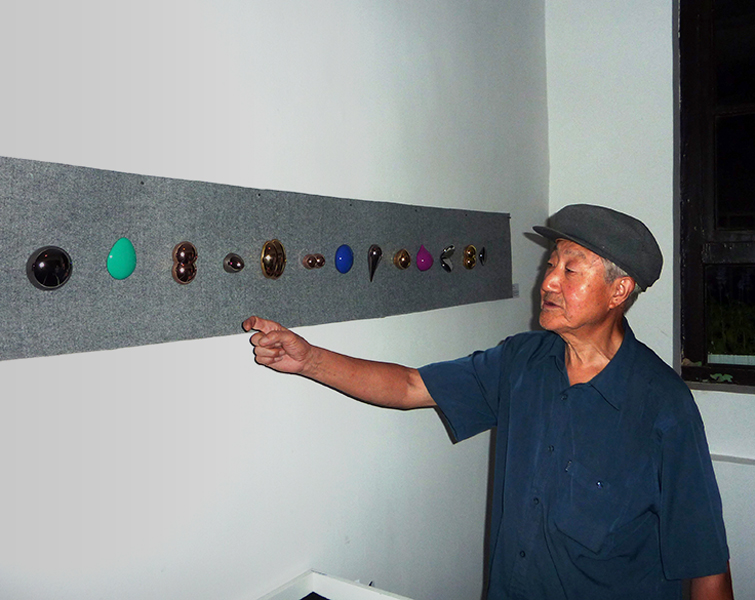
While the government-backed project of restoring Beijing’s Dashilar district supported Ubi’s establishment, it also posed a challenge. Dashilar is not yet one of the popular addresses for people looking for art and design. Beijing is a vast city covering more than 6,000 square miles and seemingly made up of traffic jams. Travelling even a comparatively short distance on the map takes at least a 30-minute cab ride.
Hence, attracting people to Dashilar to visit the gallery will be key to Ubi’s success. It helps that the district has a rich history spanning approximately 600 years, and that the remnants of this history are still visible today. Machtelt carefully researched the history of Dashilar, and her gallery is decorated with old photos of the time. Additionally, she offered limited-edition walking tours to introduce people to the district’s history. This is only one example of the numerous events, exhibitions, and projects Ubi organizes to attract visitors with a certain cultural interest, visitors who might also be interested in the gallery’s exhibits and open to learning about contemporary jewelry. Experience shows that these initiatives are important, and they are paying off—only 30% of the gallery’s visitors are walk-ins, while 70% are attracted by special events.
With Ubi gallery, Machtelt also pursued the goal of setting up a creative space. She regularly invites artists and students for talks and seminars on contemporary jewelry, and she just launched Ubi Top Young, an exhibition and competition for Asian graduates in contemporary jewelry. This allows her to build strong connections to the Chinese and Asian artist scene.
The Concept
Machtelt decided to display three distinctive types of jewelry in Ubi gallery—unique art jewelry, fine jewelry, and design jewelry. Pieces qualify as unique art jewelry if they are one-of-a-kind pieces made with a strong conceptual idea in mind. The choice of materials depends on the concept. Examples of this kind of jewelry are the works of Carissa Hsu and Noon Passama. The main characteristic of fine jewelry is that it is entirely made out of precious materials, such as the jewelry of Wang Xiao Jia and Jean Marc Waszack. Design jewelry typically does not use precious materials, and it is manufactured in larger numbers, though not mass-produced. It is selected with what I perceive as care and taste. Jewelry from the 22 Design Studio of Taiwan is an example of this type of work.
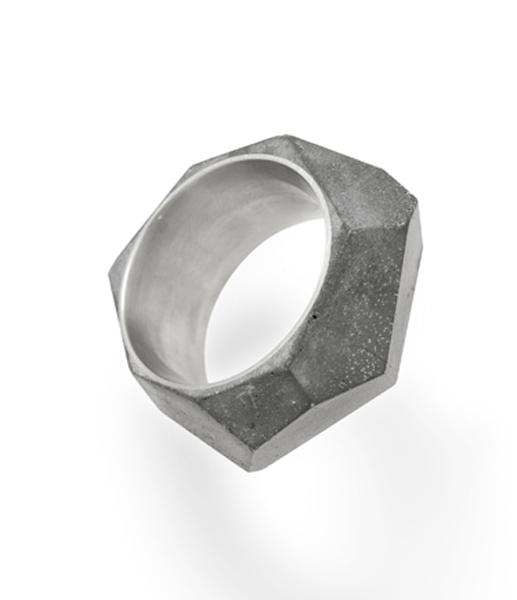
Promoting such different jewelry types leads to interesting questions about Ubi’s positioning. Is it truly a gallery or rather a gallery/shop combination for contemporary jewelry in its broadest sense? Thinking about the galleries I have seen so far, both in “real life” and on the Internet, I am not actually sure how many Western galleries only carry unique art jewelry. My impression is that, except for maybe the most outstanding galleries, most do not, and that the only difference with Ubi is that they subsume everything under the umbrella of contemporary jewelry. In addition, the galleries that only sell unique art jewelry mostly appear to be located in countries where contemporary jewelry already has a strong foothold, such as Germany, the Netherlands, or Sweden.
This leads to an interesting question. How can a gallery owner make a living in a market that cannot rely on an educated community of art jewelry collectors? In China, where interest in contemporary jewelry is in its infancy, this question is particularly relevant. For me, selling fine and design jewelry with unique art jewelry seems like a “must” in order to fit into the existing business environment. Fine jewelry, which uses precious metals and stones, accommodates the Chinese consumers’ interest in jewelry as an investment while smoothly introducing them to nontraditional designs. Design jewelry, meanwhile, is a popular, upcoming trend, and an affordable “first buy” to boot. All this considered, Machtelt’s decision to stock all three kinds of jewelry necessitates a time-consuming education process, but it helps her to survive commercially. It seems both a pragmatic and forward-thinking plan.
Ubi’s strategy for introducing contemporary jewelry to a Chinese audience also relies on staggered pricing. She tries to keep most pieces under a maximum price of 4000 RMB. (4000 RMB are about $645 USD.) While this might not seem expensive to Westerners, it is to the Chinese. In 2011, the average employee in Beijing earned 4672 RMB ($755 USD) per month[3]. At Ubi, the design jewelry is the most affordable and thus attractive for people with a lower budget. It makes a good first-time buy, and many of the Chinese customers are first-time buyers.
Machtelt is fascinated to notice the curiosity of her Chinese customers. She observes:

Most people spend a lot of time in the gallery and ask a lot of questions. Many questions are related to the material—what it is and why it is used for jewelry instead of precious gold and silver? It is nice to discuss this with newcomers. At this moment, people are mostly interested in pieces they can wear in everyday life and in pieces that are unique and different from what they can find anywhere else. So far, about 60 percent of visitors come from China and 40 percent from abroad. While Chinese customers tend to buy the works of Western artists, many Westerners fall in love with Asian pieces.
As previously mentioned, the value of jewelry in China is still very much indexed on material cost rather than on design or conceptual qualities. I am curious, therefore, how Machtelt explains to her customers what contemporary jewelry is, and why the jewelry’s price far exceeds the price of the material used. It turns out that she does not give any explanations about contemporary jewelry in general. Instead, she uses everyday examples that people can easily follow:
I just start by asking them what piece in the collection they like best. Then, I will talk about the piece and the artist. I use examples from people’s everyday lives. I explain to them that the price for coffee beans and the brewing is in no relation to the price the customer pays. It is a concept of living that one pays for. The same holds true for luxury branded jewelry, where the price for the piece exceeds the price of the material by far—or for a painting, where nobody would even get the idea that its price could be related to that of the canvas and the paint used.
Selection
Wandering around in Ubi, looking at the works of Asian and Western artists, I am curious whether Machtelt perceives a difference between the works of Chinese and other Asian jewelers and Western ones. She says:
I think the works differ in the sense that the questions that artists address vary because they live in different environments. For example, the experience of being resettled, and thus in a way also uprooted from a Hu tong,[4] in Xiao Mu Zhao’s work or the notion of finding an identity as an Asian in a foreign Western country in Jie Sun’s pieces—these would not occur in Western jewelry. Asian artists from different countries seem to deal with similar issues, which have to do with the different environments the artists live in. What I observe besides this is that the pieces of Japanese and Korean artists are always made with the greatest care, an aspect that I unfortunately don’t always see in Chinese jewelry.

Works made with care, the finishing and the quality of pieces, are some of Machtelt’s criteria for selecting artists and artworks for Ubi. She also values the research aspect of contemporary jewelry. She is fascinated with artists questioning their self, their environment, or exploring a material. Are there more criteria for selection? Machtelt explains:
First, it is a gut feeling. Then, I have a number of selection criteria. I am looking for people with a professional background, which means that they have a degree from an art academy, have had previous exhibitions, and showed a certain consistency in their work. It is about a mix of concept, material, visual result, and functionality.
In summary, Ubi is primed to become an important platform for the promotion of both the Chinese and the Asian contemporary jewelry scene. Time will show whether Ubi will also be a success as a business. However, I think that the signs look good because Ubi’s gallery concept is thoroughly thought out to create a smooth introduction to contemporary jewelry for Chinese customers. Plus, Ubi has a gallery owner in Machtelt Schelling, who although Western, is rooted in the Chinese world, and deals with it in a pragmatic way. This is indispensable for a gallery’s success in China.
[1] Before opening Ubi, Schelling Machtelt worked for five years for the Dutch embassy in Beijing on cultural exchange programs between China and her home country, the Netherlands. Ubi means “where” in Latin, and for Machtelt, this refers to moving and arriving, as well as asking questions.
[2] China Daily, USA, Jewelry sales jump 42% in China
[3] China’s 2011 average salaries revealed, China Daily, 2012/07/06
[4] Hu tong: a traditional living unit in Beijing
